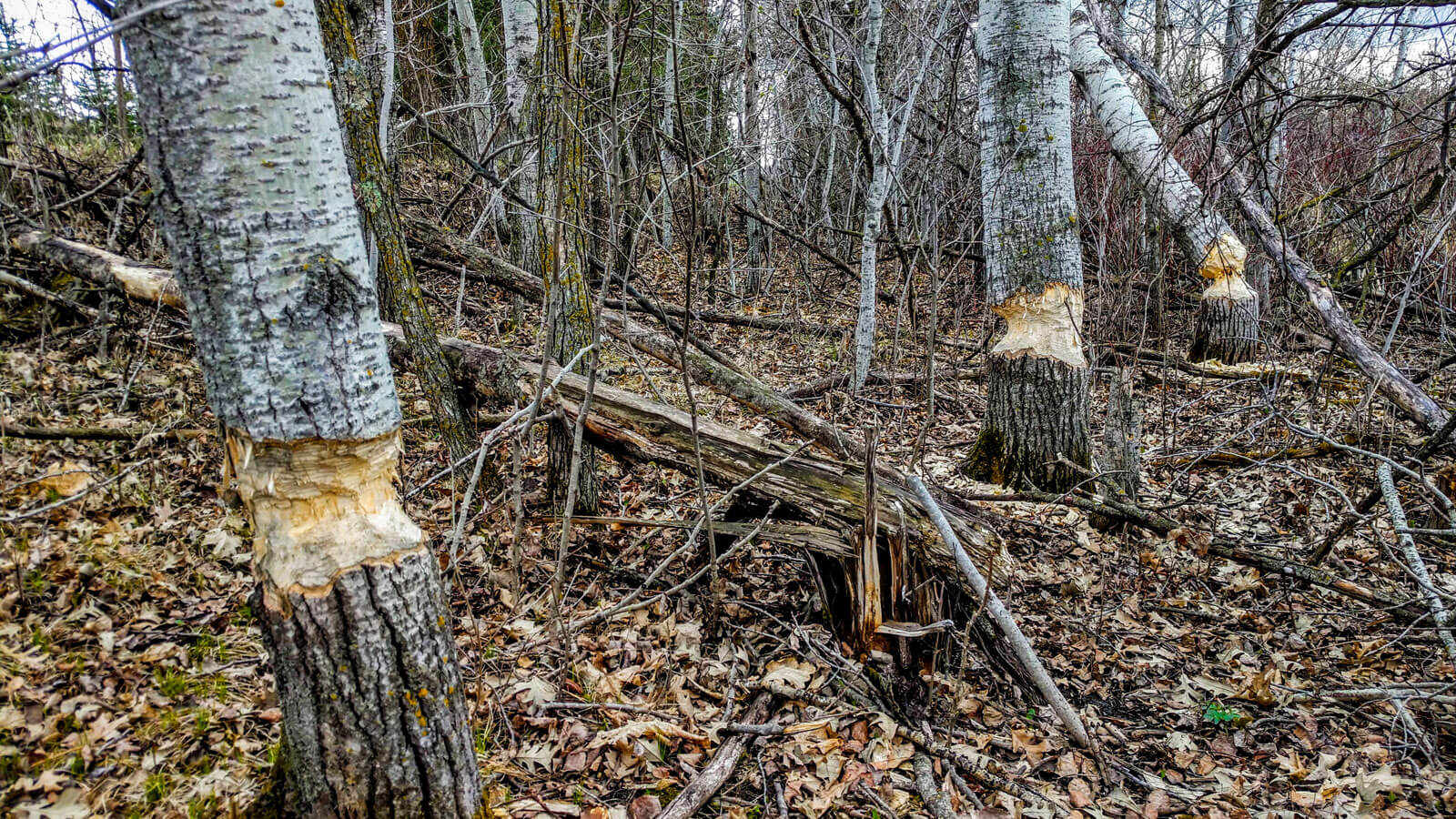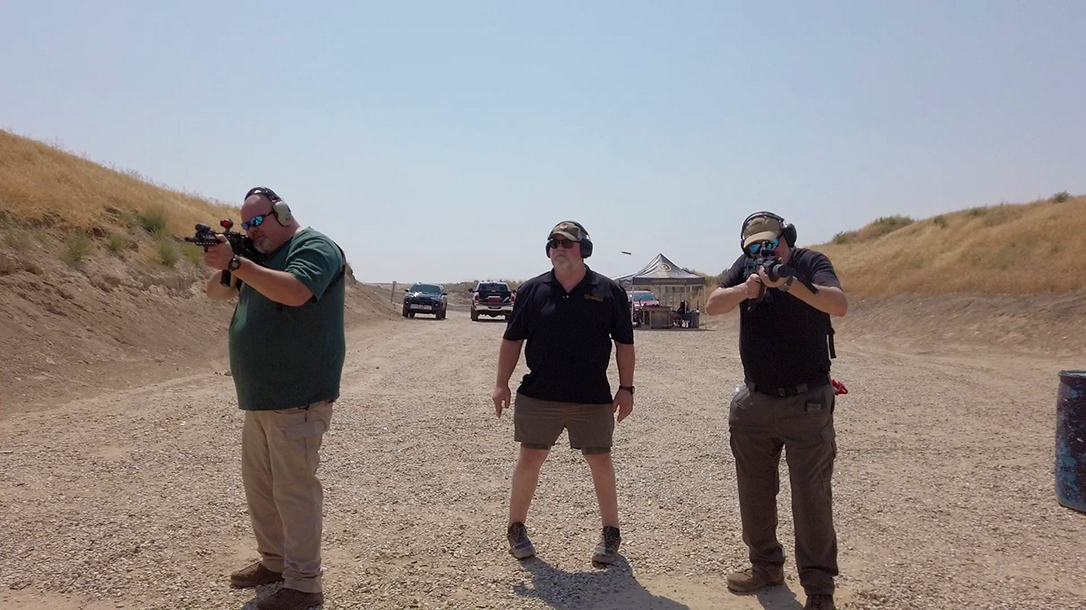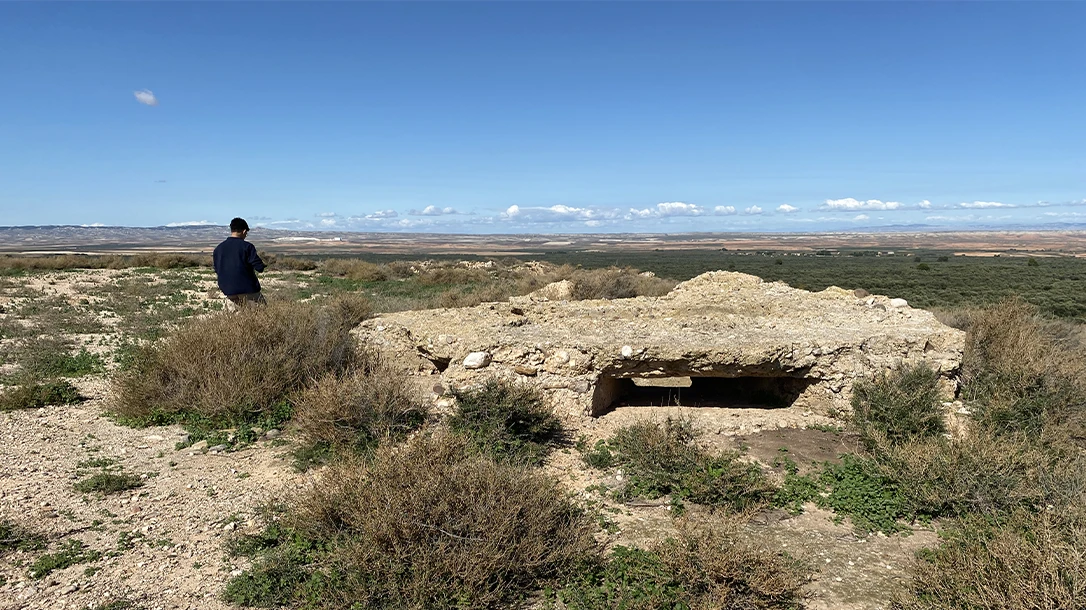NRA Basics of Pistol Shooting Course

The NRA Basics of Pistol Shooting Course is the national gold standard for teaching both new and experienced shooters how to safely and competently choose, shoot, and maintain a pistol. Each year, NRA courses teach hundreds of thousands of students about gun safety and shooting. Membership in the NRA is not required to take an NRA training course. Gun safety is a primary emphasis of the course, and the basic tenets of firearms safety are repeatedly mentioned during the course. As part of the course, students receive the NRA Guide: Basics of Pistol Shooting handbook.
Not Just For Beginners
All pistol shooters, regardless of their shooting experience, will find value in the NRA Basics of Pistol Shooting Course. It can be taken in two ways. One method is the established instructor-led course in which an NRA-certified instructor teaches the entire course content in a classroom and on the range. Another option, called “Blended Training,” begins with an online self-study component or “eLearning module” that students complete in their own timeframe. After the online component is completed, students are taught a hands-on practical portion conducted in a classroom and shooting range in person by an instructor.
For those with busy schedules, the Blended Training format is a very convenient option. It starts in an eLearning environment that students complete at their own pace. The remainder of the traditional course content is taught in the classroom and on the range by an NRA Certified Instructor. The online portion covers gun safety rules, proper operation of both revolvers and semi-automatic pistols, ammunition knowledge and selection, pistol selection and storage, shooting fundamentals, pistol inspection and maintenance, marksmanship, and shooting range safety.
After completing the online portion, students schedule an in-person session with an NRA Certified Instructor. The in-person portion will include demonstrations of safe gun handling, how to grip pistols and revolvers, and proper shooting positions by the instructor. Students will then do practical exercises of gun handling, grip, and dry marksmanship practice with no ammunition. Initially, students dry practice using the benchrest position to maximize the ease of their learning experience. Once they have mastered the benchrest position, students proceed to dry practice using the standing Isosceles position.
Upon completing the dry practice, students proceed to live fire. The amount of preparation before live fire shooting ingrains the fundamentals of pistol shooting so students are able to perform well on the live fire range.
Getting Familiar With Your Pistol
As the first exercise of live fire, students will once again use the benchrest position, this time firing single live shots. As their skill increases, they proceed to shooting five shot groups. Then, they transition to the standing Isosceles position.
Once students are comfortable and confident with their shooting ability, they move on to shooting the qualification. The qualification course spotlights consistency, repeatability, and progression. During the qualification, they will demonstrate not only the ability to shoot to a standard but also the ability to shoot it multiple times.
The initial qualification course of fire is the Level 1: Red. This consists of shooting five shots into a four-inch circle at 10 feet. Consistency and repeatability are emphasized by requiring this task to be done four times, although not necessarily in a row. The Level 1 qualification is the minimum standard to receive a Certificate of Completion for the Basics of Pistol Shooting Course. Once the students have passed the Level 1 test, they can progress to the Level 2: White; four groups of five shots each at 15 feet. Those who pass Level 2 can progress to Level 3: Blue; four groups of five shots each 20 feet. Finally, students who feel very confident of their ability can shoot the Level 4: Instructor Level. This consists of 20 shots at 45 feet, of which 16 must hit in a six-inch group. The Level 3 and 4 tests are demanding marksmanship tasks that even experienced shooters will find challenging.
After the live fire, students will complete a hands-on practical exercise of cleaning and maintaining a pistol. The class wraps up with an explanation of further shooting opportunities and NRA programs to continue their education about firearms and shooting. Students receive a course completion certificate bearing the signature of the NRA Secretary and your NRA Certified Instructor.
For anyone who is considering purchasing a pistol, the Basics of Pistol Shooting Course offers a worthwhile fundamental education in gun safety and marksmanship. Those who already own a pistol, whatever their experience level, will find it an excellent way to round out their knowledge, skills, and abilities.







